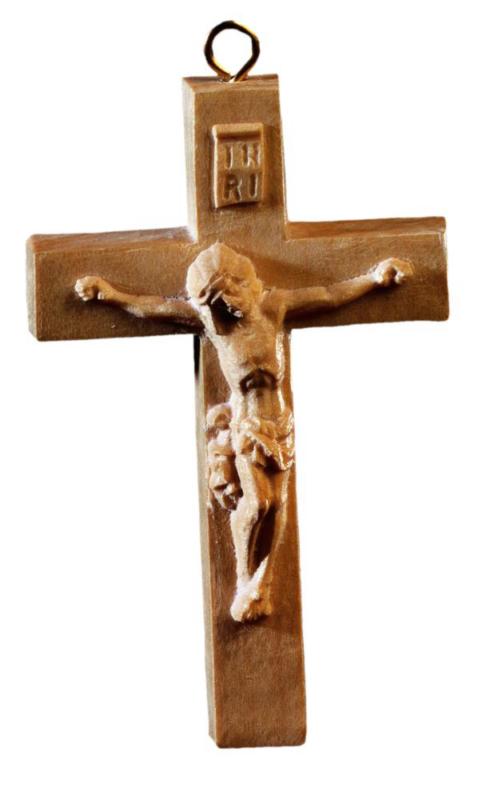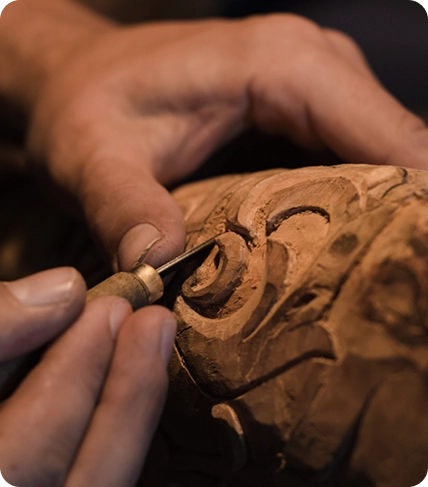The Crucifix, a universal symbol of the Christian faith, is not associated with a single specific saint, but represents the central figure of Christianity: Jesus Christ and his sacrifice on the cross for the redemption of humanity. Its history and veneration are rooted in the Gospel narrative of the Passion, Death and Resurrection of Christ.
Crucifixion, an ancient form of Roman execution, became for Christians the distinctive sign of divine love and victory over death. From the earliest centuries, Christians venerated the cross as an instrument of salvation, although early representations were often symbolic (such as the fish or anchor) to avoid persecution. With the Edict of Milan (313 AD) and the subsequent legalization of Christianity, the cross became an openly venerated symbol.
The veneration of the Crucifix manifests itself in many forms: from personal prayer before it, to participation in liturgical rites such as the Via Crucis, which traces the stages of the Passion. The Crucifix is present in every church, in every Christian home, around the necks of many faithful, constantly recalling the sacrifice of Christ and inviting reflection on the values of love, forgiveness and redemption. It is the heart of faith, a visible reminder of the promise of eternal life and hope in the resurrection.










